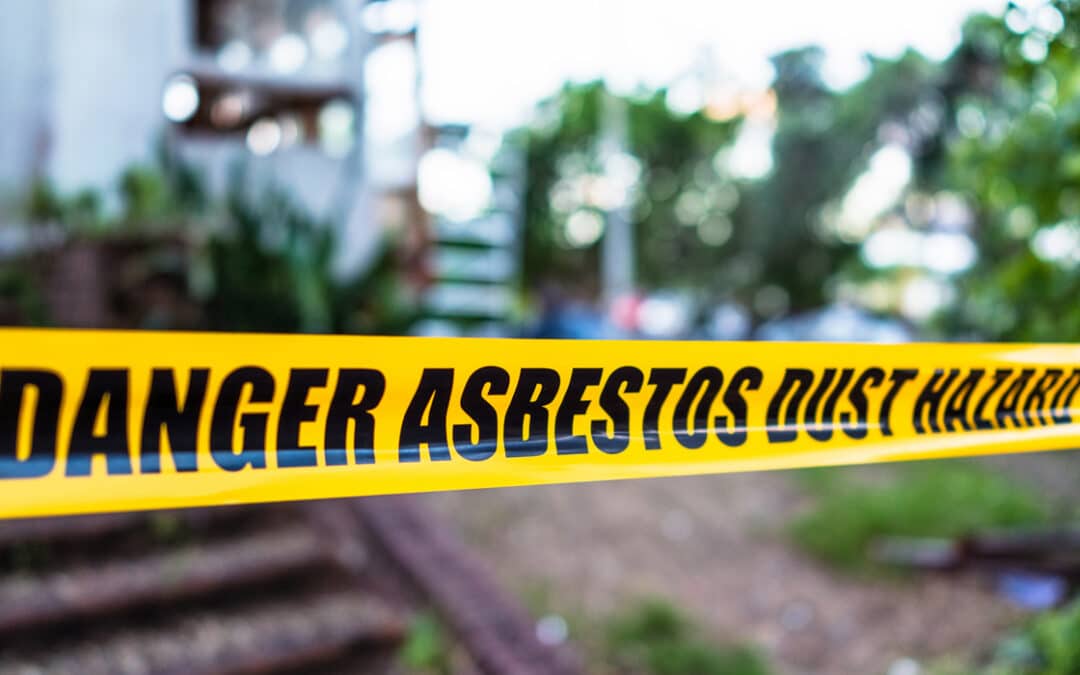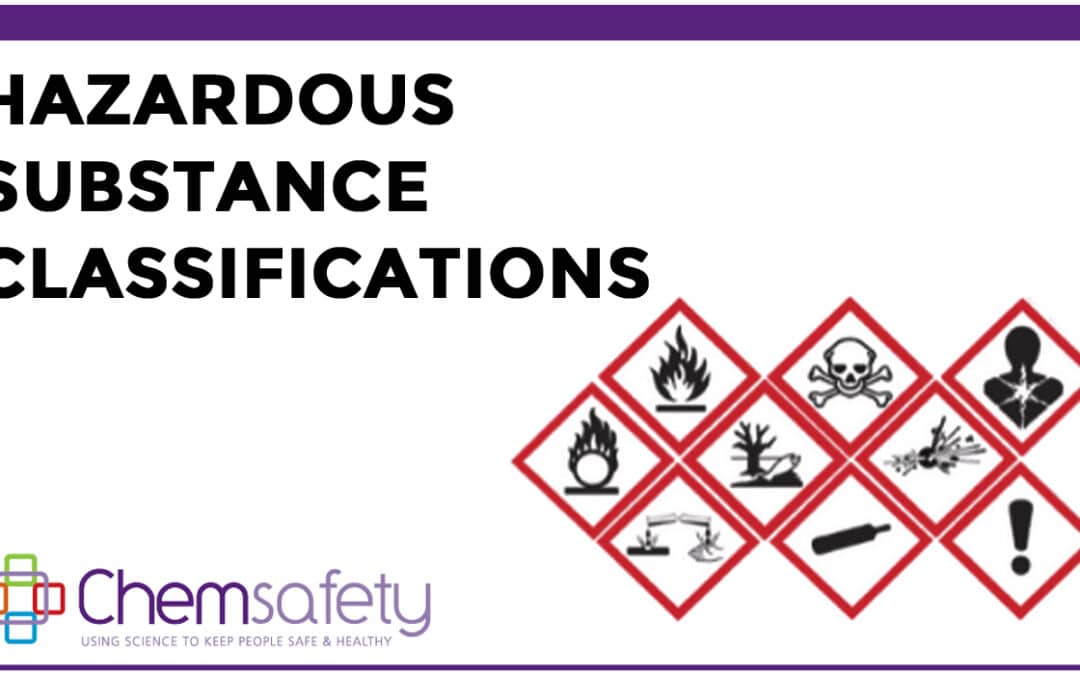


Its GHS Time
Today is the 30 April 2021 – its GHS time! New Zealand has adopted the GHS 7 hazardous substances classification system for classifying our hazardous substances.There are a few things to be aware of: Most of the old classifications correlate to the new ones...
Asbestos In Your Home
Is there Asbestos in your home? What you should know before undertaking any work. Was your house built before 2000? The year 2000 is the date after which as a PCBU or homeowner asbestos is presumed not to be present in the materials used to build/line or furnish homes...
5 Reasons you shouldn’t collect your own asbestos samples
Health risk When an asbestos-containing material (ACM) is disturbed, it can become friable and airborne. In this state, asbestos fibres have the potential to be inhaled and lodged in the lungs, which could lead to serious long-term health effects. Sampling effectively...
